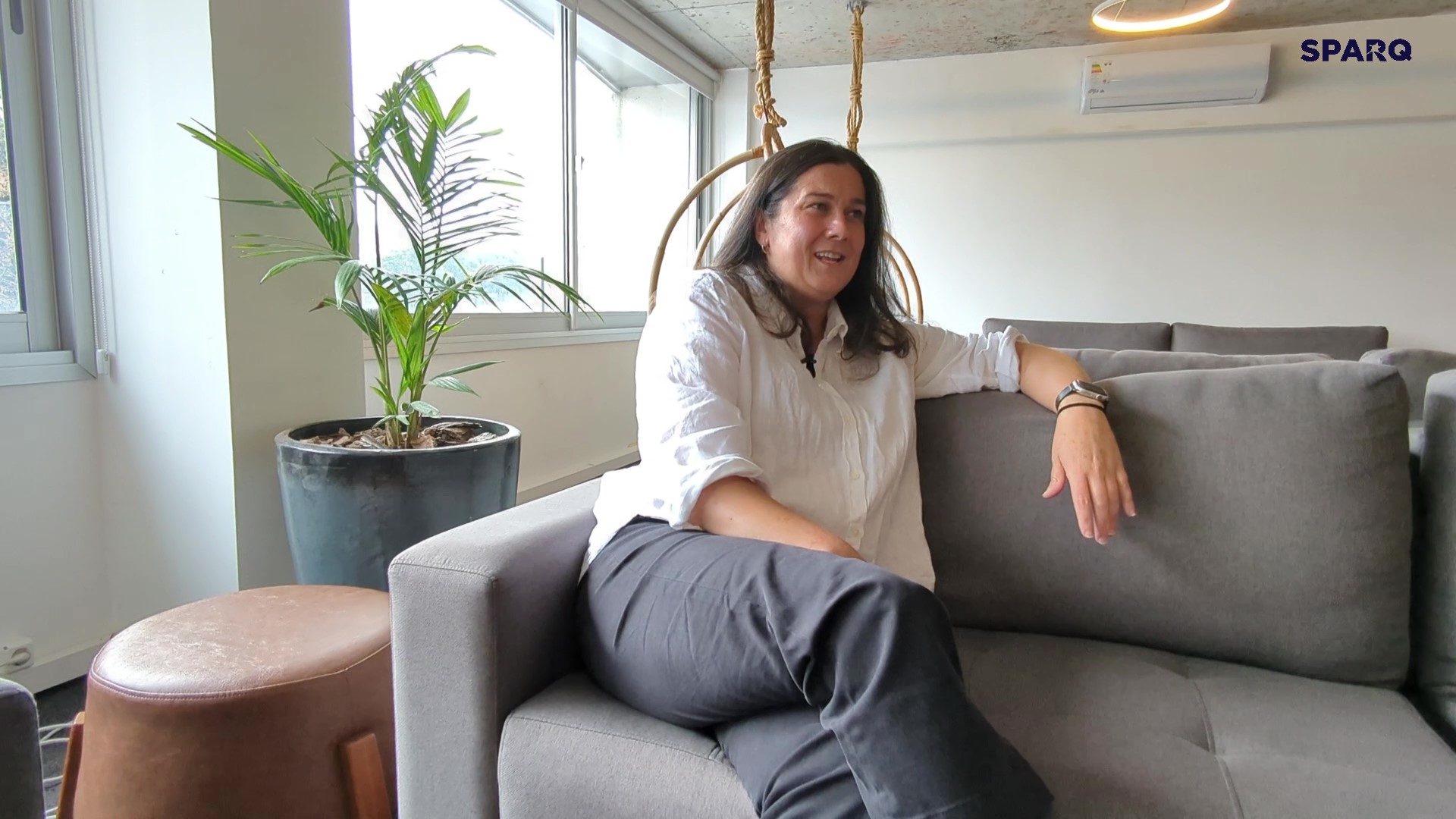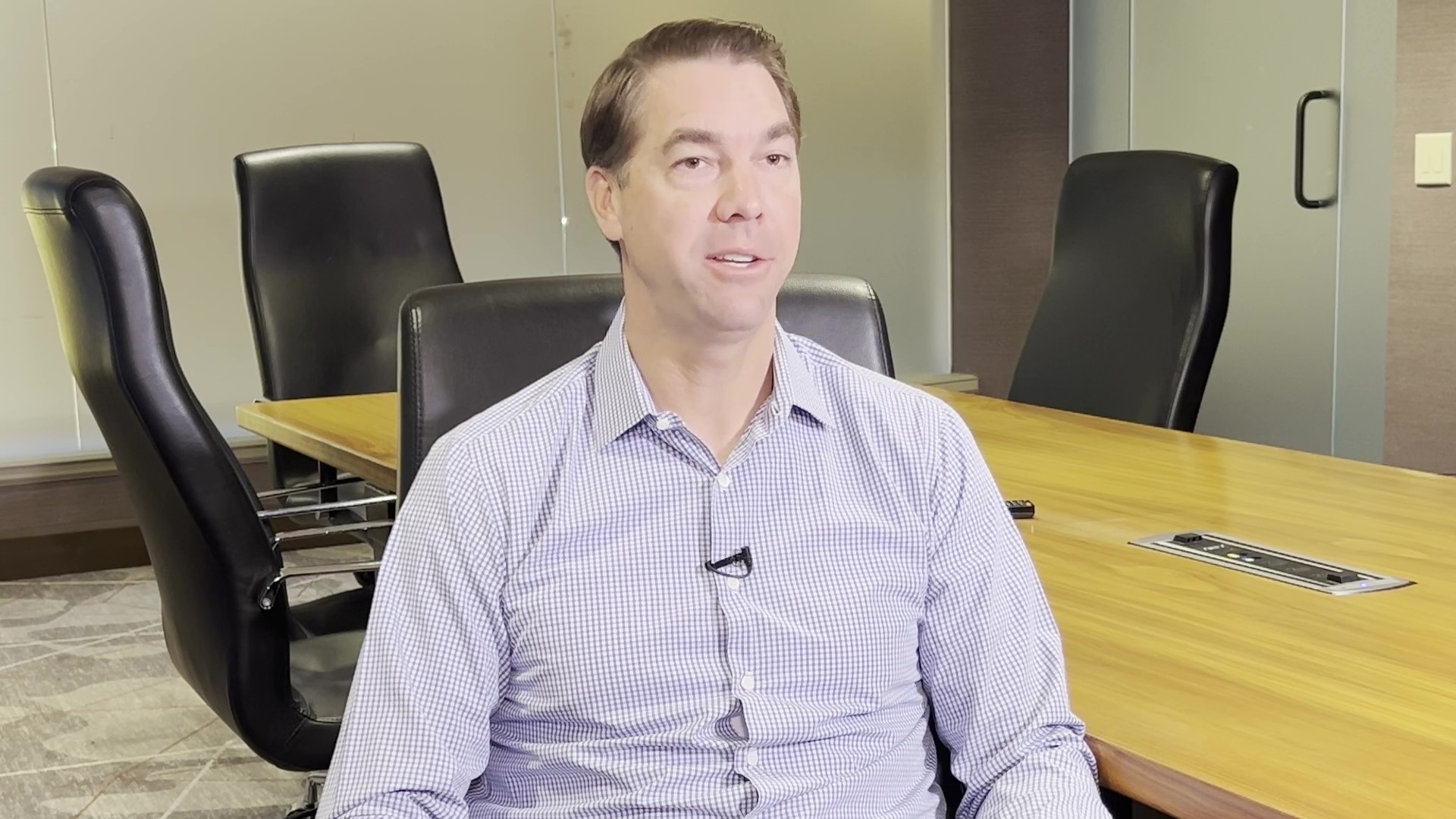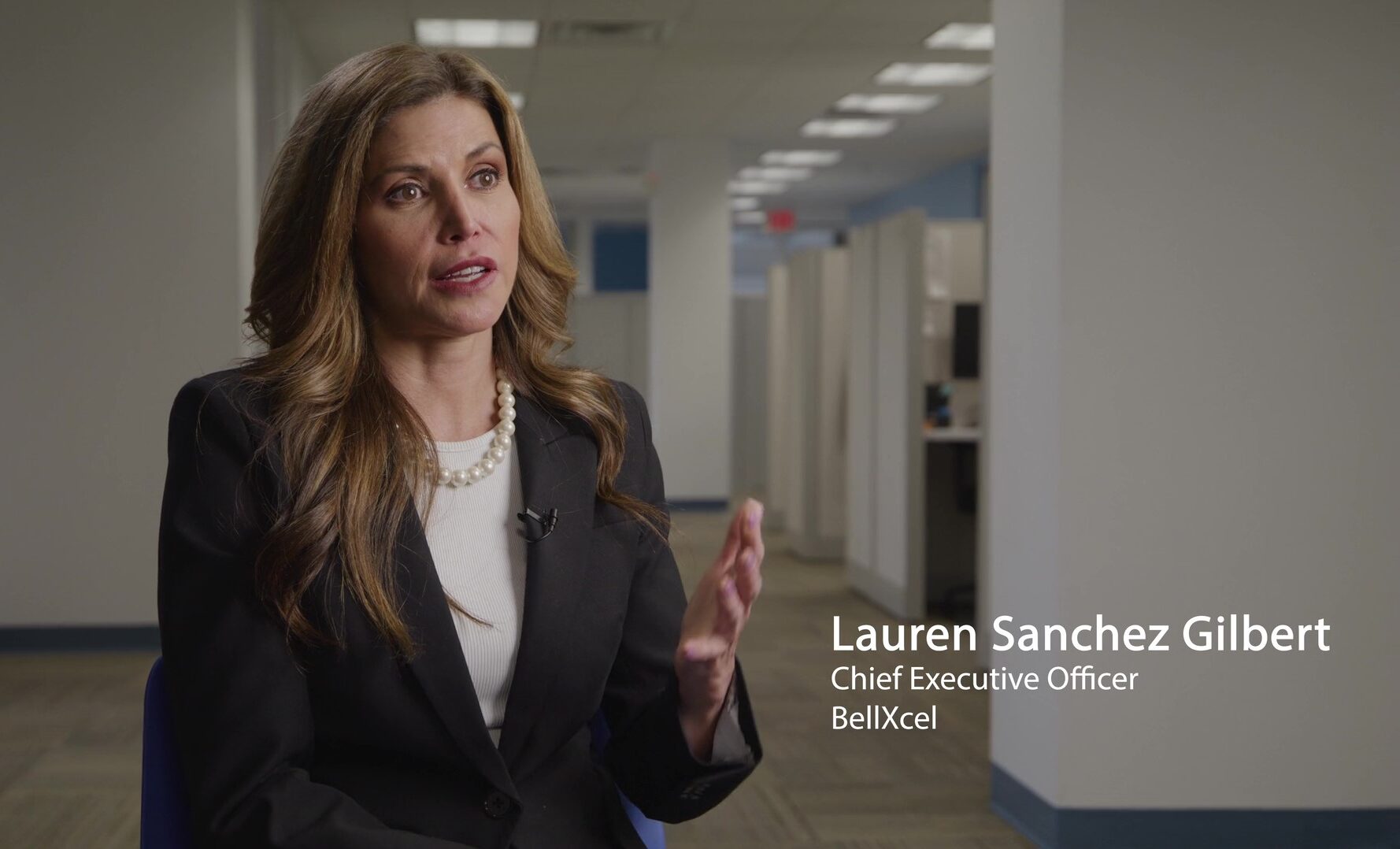Having a defined product vision is important, as it helps create drive and purpose in your colleagues and ensures everyone is on the same page in what they’re creating. In this Tech in 2, Principal Consultant Ryan Finco explains what goes into a product vision and shares four questions to ask as you’re defining yours.
A product vision plays a crucial role in instilling motivation and purpose among employees. This applies to individuals at all levels within an organization. It empowers everyone to understand the purpose of their work and the bigger picture they contribute to. A company vision is significant in shaping various aspects. It’s often accompanied by a mission statement, which outlines how the company plans to achieve its vision. The company vision is like the aspiration, the direction the company aims to move toward, while the mission statement details the steps it will take to get there.
As companies expand and offer multiple products, a separate product vision emerges alongside the overarching company vision. The idea is for the product vision to align with and support elements of the company vision. It’s a more focused subset that contributes to the larger goals.
Simplifying these concepts, we can break them down into four essential questions: a) What is the product? b) What will the product do? c) How does it differentiate itself in the market? d) Will people actually buy it?
These questions are pivotal in shaping a product vision. The answers provide validation and clarity about the product’s purpose and viability. It’s worth noting that while many products might seem like great ideas, the crucial factor is whether people will actually purchase them. This aspect is sometimes overlooked, leading to products that might not find a market even if they’re innovative.
Collectively, all these components help determine the feasibility and market viability of a product.

zSpace Client Showcase
zSpace is a tech company that provides immersive learning experiences using virtual and augmented reality. In this client showcase, Jill Donnelly, Director of Strategic Initiatives at zSpace, discusses why they chose to work with Sparq (after interviewing over 20 potential partners!) and how invaluable our "team perspective" has been to their organization.

AI in UX
For Principal Consultant and UX Design Lead Joe Dallacqua, how to utilize AI in UX is a conversation he’s having every day. In this Tech in 2, Joe shares three ways he’s seeing AI help UX designers become not only more efficient, but more creative as well.

Personalization in Insurance
With so much data at their fingertips, insurers have an exciting opportunity to create a more personalized customer experience. In this Tech in 2, Client Partner John Suminski discusses how when data and the right technologies come together, this synergy can create highly personalized products and pricing.

BellXcel Client Showcase
BellXcel is a nationally-recognized nonprofit that empowers youth program providers with innovative solutions, services and resources that create meaningful impact. Learn how we partnered to build key functionality for the Arly platform, which has successfully reached over 100,000 scholars.
